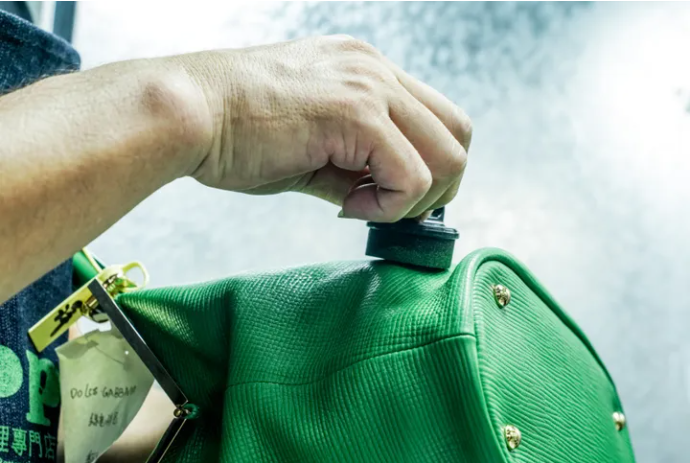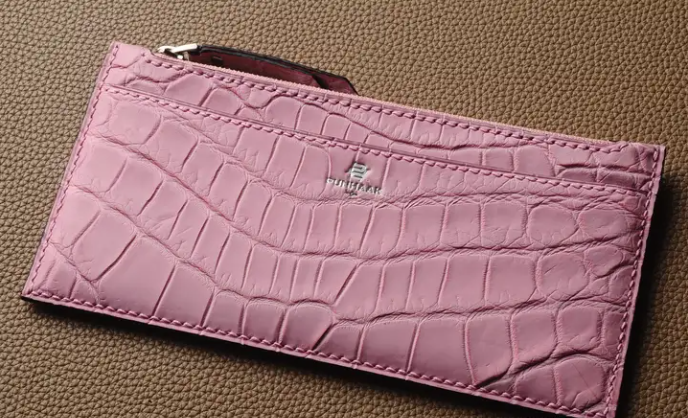What are the common types of leather on the market, and how to distinguish
Different types of leather have their own characteristics and uses. For example, cow leather usually has a fine texture and high strength, while sheep leather is light and soft, pig leather is known for its good air permeability and water resistance, and there are many types of leather, among which crocodile leather is favored for its unique texture and texture.
Leather according to its types are mainly common pig skin, cow skin, sheep skin, horse skin and so on. Cowhide is divided into cow skin and buffalo skin, and sheepskin is divided into goat skin and sheep skin. According to its level, there are first layer, second layer and third layer.
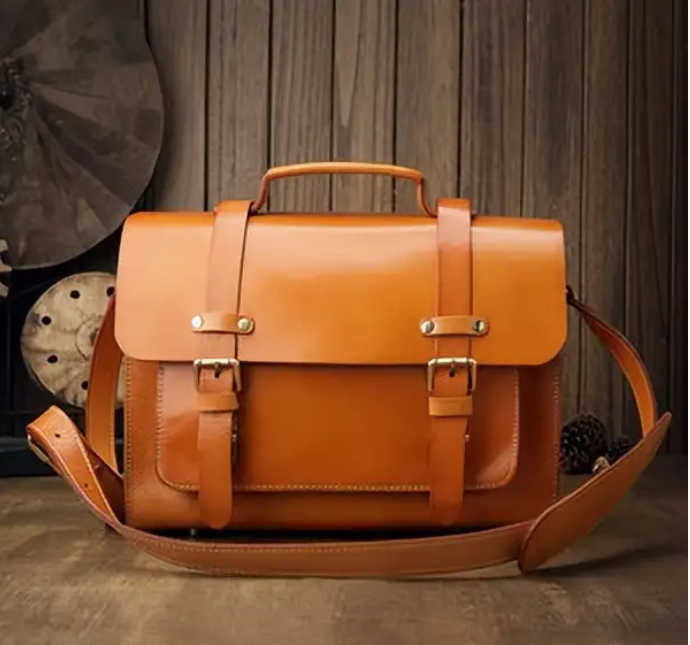
Cow leather
This is one of the most common types of leather, and both yellow and buffalo leather are classified as cow leather, although there are certain differences between them. The surface pores of cattle leather are round, extending directly to the inside of the leather material, the pores are tightly distributed and uniform, and are irregular arrangement, like stars, and the leather is more delicate. The surface pores of buffalo leather are relatively large, the pore density is low, the leather is loose, not as fine and plump as cattle leather, and the leather is relatively tough.
horsehide
Horse leather is a common type of leather, usually made from the skin of horses. The pore shape of the surface is oval, slightly larger than cattle leather, but clearer than sheepskin, leather is harder, the pore arrangement is very regular, they are arranged in a group of several pores, forming an orderly pattern, feel tough, with high durability, able to withstand daily wear and tear. Horse leather usually has a certain resistance to water and is not easily deformed or damaged. It can also be dyed in a variety of colors to meet different styles and design needs.
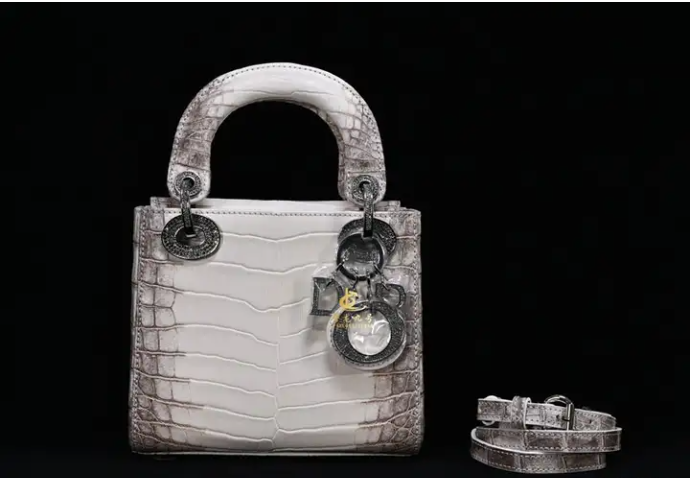
Sheep leather
Sheep leather is known for its light and soft texture, with excellent touch and comfort. The pores of the grain are oblate and very clear, usually several pores form a group, arranged in a fishscale pattern, which makes it look very delicate. Sheep leather has good properties for moisture absorption and air permeability, which helps to maintain comfort.
Due to its lightweight texture, sheep leather can be easily dyed in a variety of colors to suit a variety of design needs. Despite its lightness, sheep leather excels at providing warmth, making it ideal for outerwear and winter clothing.
Pig leather
The texture of pig leather is relatively strong and has strong wear resistance. The pores on the surface of pig leather are usually larger and coarser than other leather types, extending at an Angle into the inside of the leather material. The pores are arranged into a group of three, showing many small triangular patterns on the leather surface, forming a unique texture, which feels rough and hard.
Pig leather has good air permeability and helps to maintain comfort. It is often seen as a relatively affordable type of leather because it is relatively easy to obtain in the market.
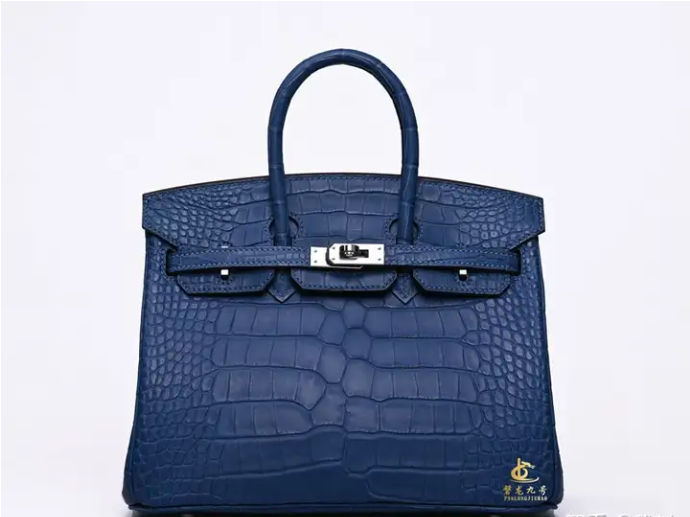
Crocodile leather
Crocodile leather, also known as crocodile skin, is an upscale luxury leather material, known for its unique scale and noble texture, with excellent durability and texture, often used to make luxury goods such as crocodile bags, purses, belts, shoes and gloves. The texture of crocodile skin is tough and full of luster, crocodile skin shows a unique delicacy and elegance, with extremely high quality and value, and therefore has become one of the main raw materials for the high-end fashion and luxury market.
snakeskin
Also known as snakeskin, it is a special leather material usually made from the skin of snakes. Popular for its unique look and texture, snakeskin is often used to make high-end fashion accessories and leather goods such as snakeskin bags, shoes, belts and gloves.
Features of snake leather include fine texture, smooth texture and a high degree of softness, making it a darling of the fashion industry. Different types of snake skin have their own unique textures and colors, such as python skin, snake skin, cobra skin and so on. These different types of snakeskin provide designers with a wealth of options, allowing them to create a wide range of unique and eye-catching leather goods.
The production process of snake leather is complex and usually requires stripping, scaling, dyeing and processing of the snake skin to ensure its quality and durability. Due to the scarcity and particularity of snakeskin, snakeskin products are often regarded as luxury goods, and their prices are relatively high. Snakeskin products show a unique fashion taste and personality, so it is favored by fashion lovers and collectors

Distinguishing method
Observation appearance
Appearance is usually one of the most obvious characteristics. Looking at the texture and color of the leather can provide key clues. For example, cow leather usually has a rough texture, while crocodile skin has a scaly texture. Sheep leather is thinner and smoother, and usually has a soft texture. Cow leather is usually thicker and has high strength, making it suitable for making hard-wearing items such as leather boots. Crocodile skin is known for its unique appearance and is often used in luxury leather goods.
Touch and feel
Touching the leather can help you feel its texture. Cow leather is usually harder, while sheep and pig leather are softer. Gently press the leather and observe its elasticity and feel. This can help you distinguish between tough leather and soft leather.

sniffing
A sniff of the leather might also help. Different types of leather can have subtle odor differences, especially natural leather that has not been treated with excessive spices. Certain leathers may have a specific odor, such as sheep leather may have a milder odor, while pig leather may have a lighter odor.
Look at the stitches and details
Checking the stitching and detailing of leather products is also a method of identification. Different types of leather may require different stitching and handling methods. Crocodile skin, for example, often requires a more complex stitching process to deal with its sturdy exterior.
Read the label
Leather products often come with labels that provide information about the type of leather. Check the label for more information, including the type of raw material.
The simple distinction between different types of leather can help you make informed choices when shopping, as well as better care and identification of leather products.

